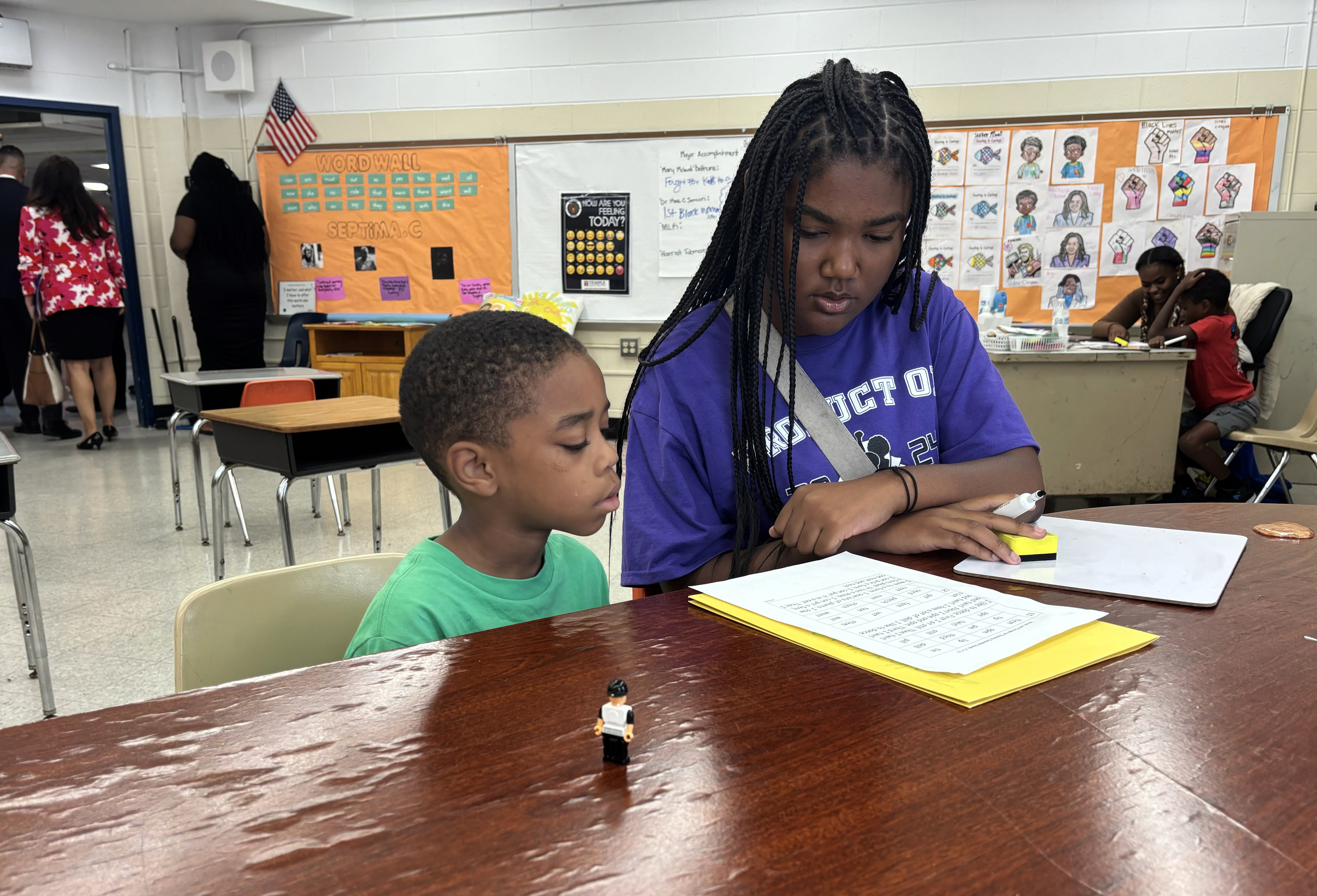
The Literacy Rate in Afghanistan

The literacy rate of Afghanistan in 2022 was 37.3% (22.6% for women and 52.1% for men). In the past decade, UNESCO has provided over 1 million learners with Basic General Literacy and Skills-based Literacy.
UNESCO’s Youth and Adult Literacy and Basic Education Program
Since the beginning of 2023, UNESCO’s Youth and Adult Literacy and Basic Education (YALBE) program through national Implementing Partners (IPs) is providing Basic General Literacy (BGL) equivalent to grades 1-3 of general education and pre-vocational skills for over 25,000 illiterate and semi-literate youth and adults (over 60% women and adolescent girls) in 20 provinces of Afghanistan. This program uses UNESCO-developed teaching and learning materials, which have been developed based on adult learning principles and methodologies. UNESCO’s field monitoring reports demonstrate that the provision of basic literacy and numeracy have had significant impacts on the learners’ daily lives, particularly illiterate females.
Expanding the Program
In the programme, UNESCO is developing teaching and learning materials for Youth and Adult Literacy and Basic Education Level 2, equivalent to Grades 4 to 6 of general education, and for Family and Intergenerational Literacy and Learning. A series of capacity strengthening and training of master trainers, literacy facilitators, and community mobilizers continues.
Coordination and Advocacy
UNESCO is also leading the Platform for Youth and Adult Education, including national and international NGOs, UN agencies, and institutions to share information and to coordinate support for improving the quality and provision of Youth and Adult Literacy and Basic Education in the country.
UNESCO continues to advocate for the right to education, through a variety of education platforms and public awareness interventions.
Public Awareness Campaign
UNESCO successfully implemented the “Literacy for a Brighter Future” campaign, broadcasted through TV, radio, social media, and billboards to further increase public awareness of the right to education and the importance of literacy for youth and adults, especially women and adolescent girls.
Diverse Learning Solutions
UNESCO’s community-based literacy classes are complemented by other learning solutions, including but not limited to, the development and broadcasting of radio educational programmes to provide learning opportunities and raise public awareness of the importance of education.
Promoting Education Technology
UNESCO is mobilizing education technology stakeholders to explore innovative educational practices. In addition, the expertise and support can be drawn from the members of the Global Education Coalition, comprising international and regional organizations, UN agencies, the private sector, civil society organizations, non-profit organizations, media organizations, and academia, to explore how education technology can be promoted and strengthened to improve access to quality education in Afghanistan.
SDGs, Targets, and Indicators in the Article
1. SDGs Addressed or Connected to the Issues Highlighted in the Article:
- SDG 4: Quality Education
- SDG 5: Gender Equality
- SDG 10: Reduced Inequalities
- SDG 17: Partnerships for the Goals
2. Specific Targets Under Those SDGs Based on the Article’s Content:
- SDG 4.6: By 2030, ensure that all youth and a substantial proportion of adults, both men and women, achieve literacy and numeracy.
- SDG 5.1: End all forms of discrimination against all women and girls everywhere.
- SDG 10.2: By 2030, empower and promote the social, economic, and political inclusion of all, irrespective of age, sex, disability, race, ethnicity, origin, religion, or economic or other status.
- SDG 17.17: Encourage and promote effective public, public-private, and civil society partnerships, building on the experience and resourcing strategies of partnerships.
3. Indicators Mentioned or Implied in the Article:
- Literacy rate (37.3% in 2022)
- Gender-specific literacy rates (22.6% for women and 52.1% for men)
- Number of learners provided with Basic General Literacy and Skills-based Literacy
- Number of illiterate and semi-literate youth and adults receiving Basic General Literacy (over 60% women and adolescent girls)
- Development of teaching and learning materials for different education levels
- Capacity strengthening and training of master trainers, literacy facilitators, and community mobilizers
- Coordination and support from national and international NGOs, UN agencies, and institutions
- Implementation of public awareness campaigns on the right to education and the importance of literacy
- Use of community-based literacy classes and radio educational programs
- Mobilization of education technology stakeholders for innovative educational practices
Table: SDGs, Targets, and Indicators
| SDGs | Targets | Indicators |
|---|---|---|
| SDG 4: Quality Education | 4.6: By 2030, ensure that all youth and a substantial proportion of adults, both men and women, achieve literacy and numeracy. | – Number of learners provided with Basic General Literacy and Skills-based Literacy – Number of illiterate and semi-literate youth and adults receiving Basic General Literacy (over 60% women and adolescent girls) – Development of teaching and learning materials for different education levels – Capacity strengthening and training of master trainers, literacy facilitators, and community mobilizers – Use of community-based literacy classes and radio educational programs – Mobilization of education technology stakeholders for innovative educational practices |
| SDG 5: Gender Equality | 5.1: End all forms of discrimination against all women and girls everywhere. | – Gender-specific literacy rates (22.6% for women and 52.1% for men) – Number of illiterate and semi-literate women and adolescent girls receiving Basic General Literacy |
| SDG 10: Reduced Inequalities | 10.2: By 2030, empower and promote the social, economic, and political inclusion of all, irrespective of age, sex, disability, race, ethnicity, origin, religion, or economic or other status. | – Number of illiterate and semi-literate youth and adults receiving Basic General Literacy (over 60% women and adolescent girls) – Coordination and support from national and international NGOs, UN agencies, and institutions |
| SDG 17: Partnerships for the Goals | 17.17: Encourage and promote effective public, public-private, and civil society partnerships, building on the experience and resourcing strategies of partnerships. | – Coordination and support from national and international NGOs, UN agencies, and institutions – Mobilization of education technology stakeholders for innovative educational practices |
Behold! This splendid article springs forth from the wellspring of knowledge, shaped by a wondrous proprietary AI technology that delved into a vast ocean of data, illuminating the path towards the Sustainable Development Goals. Remember that all rights are reserved by SDG Investors LLC, empowering us to champion progress together.
Source: unesco.org

Join us, as fellow seekers of change, on a transformative journey at https://sdgtalks.ai/welcome, where you can become a member and actively contribute to shaping a brighter future.






